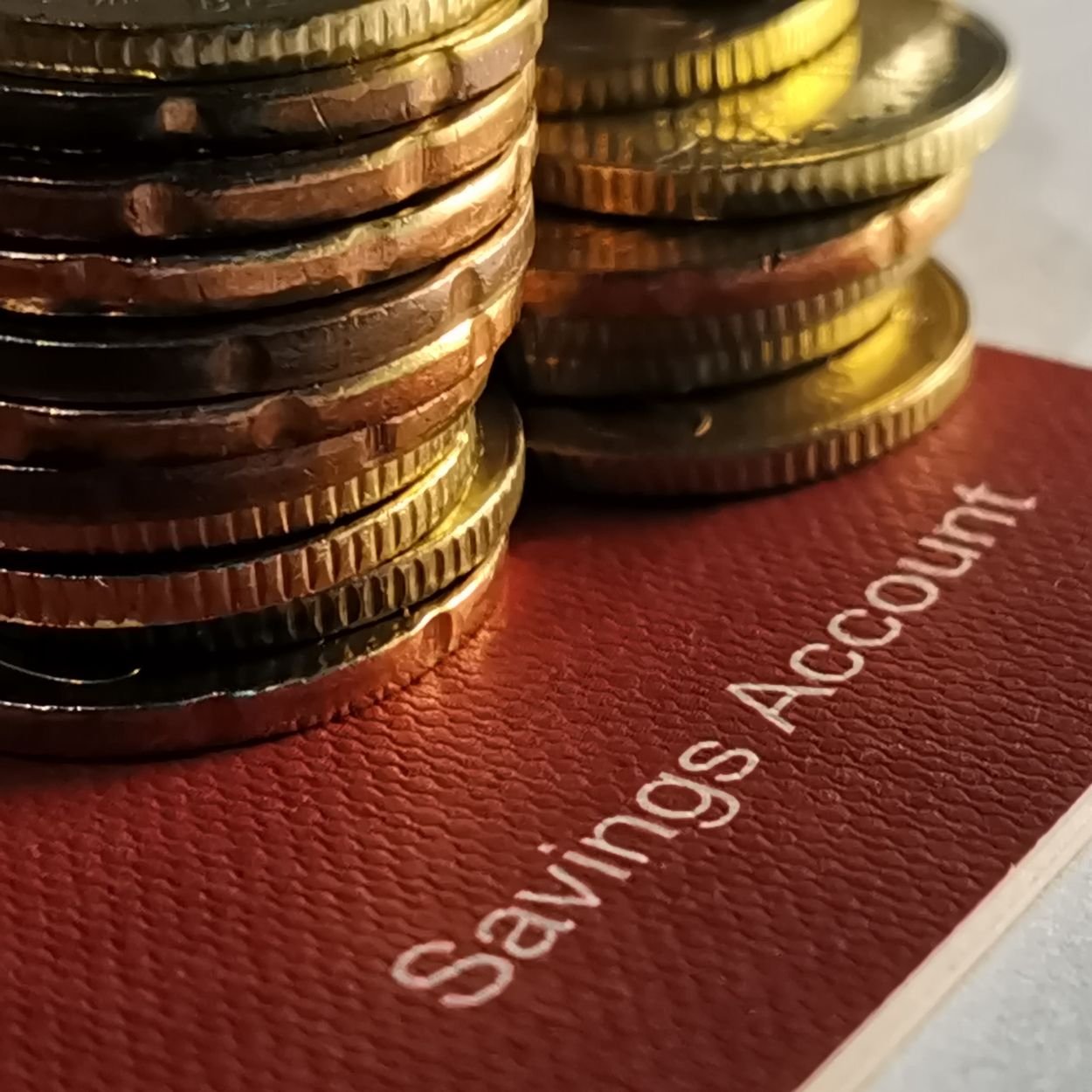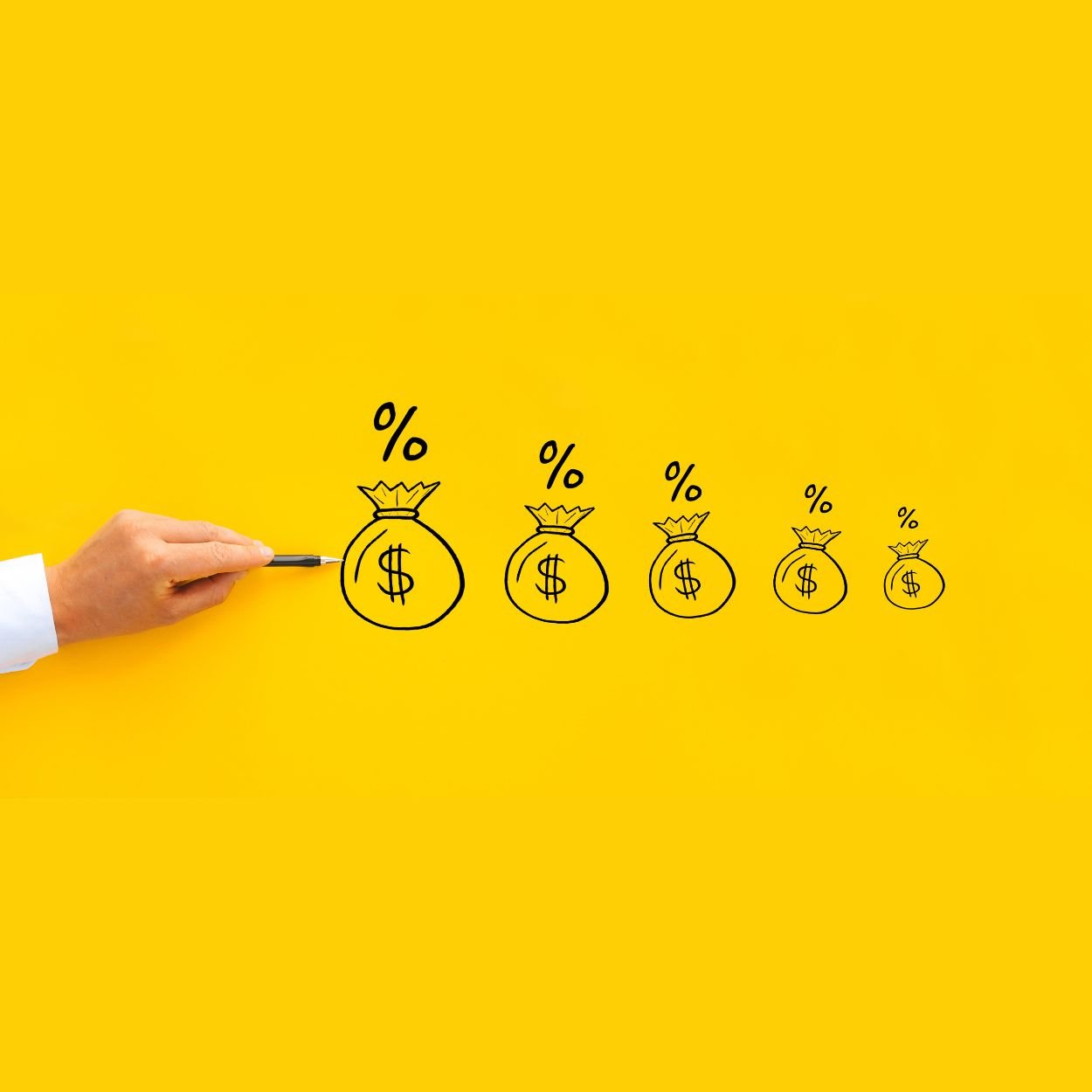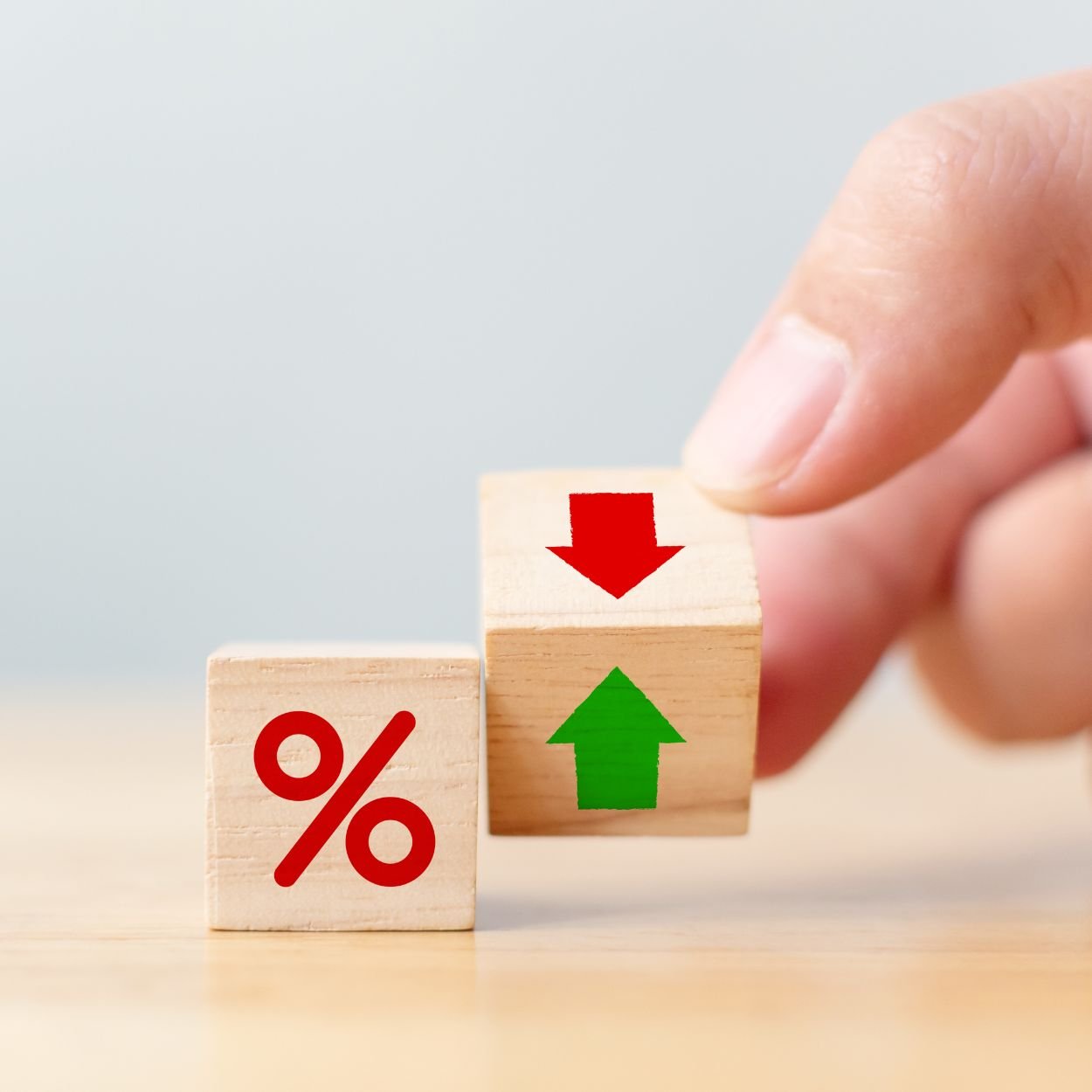High-yield savings accounts are, in my opinion, one of the smartest ways to make your money work just as hard as you do—or even harder. Seriously, why sweat and toil for every dollar only to stash it in an account earning pennies in interest? That’s why, if there’s one thing I urge everyone to explore, it’s high-yield savings accounts.
I think there’s a massive opportunity here for folks who want to grow their savings faster without jumping into risky investments. And I’ll be real: in today’s economic climate, letting your money sit idle in a low-interest account is practically burning cash.
In this comprehensive guide, I’m going to help you understand how to let your money work for you, how to find the best savings accounts, and how to set yourself up for real financial freedom. Plus, I’ll share some products, tools, and affiliate resources that I personally love and recommend.
Let’s dive in!
Why I’m Obsessed With Making Money Work For Me
Over the years, I’ve developed a bit of an obsession with making my money hustle. I mean, I love traveling, exploring new places, trying spicy street food in Bangkok, or hiking hidden trails in Patagonia. But all of that costs money, and I’d rather my cash be out there earning more cash for me while I’m out living life.
I think everyone deserves that kind of financial freedom. High-yield savings accounts are one of the easiest, low-stress ways to start.
What Is a High-Yield Savings Account?
So let’s answer the first question I always get: What even is a high-yield savings account?
A high-yield savings account is a savings account that pays significantly higher interest rates than traditional savings accounts at big brick-and-mortar banks.
For example, some traditional savings accounts pay a measly 0.01% APY (annual percentage yield). High-yield accounts can pay 10, 15, even 20 times that amount.
This means your money grows faster, and that’s why I think everyone should have at least one of these accounts in their financial toolkit.
How High-Yield Savings Accounts Work
Here’s how these magical accounts operate:
- You deposit money, just like any savings account.
- The bank pays you interest at a higher rate than traditional banks.
- Your money is still liquid—you can withdraw it if you need it (though sometimes with limits on how many monthly withdrawals).
- They’re usually offered by online banks, which have lower overhead costs and can pass those savings on to customers.
Are High-Yield Savings Accounts Safe?
This is another big question I get: Are high-yield savings accounts safe, or are they some risky gimmick?
I think it’s super important to clear this up. High yield savings accounts are usually just as safe as traditional accounts. Most are FDIC-insured (or NCUA-insured for credit unions), meaning your deposits are protected up to $250,000 per bank, per depositor.
So you’re not sacrificing safety to get better returns.
The Advantages of High-Yield Savings Accounts
Let’s talk perks. Here’s why I swear by high-yield savings accounts:
- Higher Interest Rates: Obvious but true.
- Low Fees: Many have no monthly maintenance fees.
- Liquidity: Unlike CDs or bonds, your money is easily accessible.
- Compound Interest: Your interest earns interest. Magic!
The Downsides You Should Know
I’m not going to sugarcoat it. Even though I love high-yield accounts, they’re not perfect:
- Rates Can Fluctuate: They’re tied to the Fed’s interest rate decisions.
- Limited Transactions: Often capped at 6 monthly withdrawals (though some pandemic-era changes relaxed this).
- Online Only: Many high-yield accounts have no physical branches.
But in my opinion, the pros far outweigh the cons.
High-Yield Savings vs. Checking Accounts
Some people ask me: Why not just keep cash in a checking account?
I think it’s a fair question. But checking accounts rarely pay interest, or if they do, it’s tiny. High-yield savings accounts are designed for growth, even if it’s modest.
So I personally keep only my immediate spending money in checking and funnel the rest into high-yield savings.
High-Yield Savings vs. CDs (Certificates of Deposit)
Another common question: Should I choose high-yield savings or CDs?
I think CDs are fine if you’re 100% certain you won’t need that money for a set term. But they lock up your funds. High-yield savings accounts keep your cash accessible, making them my top choice for flexibility.
How to Choose the Best High-Yield Savings Accounts
Now let’s get practical. Here’s how I pick the best savings accounts for myself:
- APY (Annual Percentage Yield): The higher, the better.
- Minimum Balance: Look for accounts with no or low minimums.
- Fees: Avoid accounts with maintenance or withdrawal fees.
- Ease of Use: Mobile apps, good customer service, seamless transfers.
- FDIC Insurance: Non-negotiable for me.
My Favorite High Yield Savings Account Right Now
I’ll be totally transparent: my current favorite is the Wealthfront High Interest Savings Account.
Here’s why I love it:
- Extremely competitive APY.
- FDIC insurance up to $8 million through partner banks.
- No account fees.
- Easy online interface.
If you’re considering opening a high-yield account, check out Wealthfront. I think it’s one of the smartest moves you can make.
How Much Should I Keep in a High-Yield Savings Account?
People always ask me how much to stash away.
I think your high-yield account is perfect for:
- Emergency Fund: 3-6 months of living expenses.
- Short-Term Savings Goals: Vacations, weddings, new car, etc.
- Buffer Funds: Money you might need but don’t want sitting idle.
Common Myths About High-Yield Savings Accounts
Let’s bust some myths:
“They’re Risky.”
Nope. Most are FDIC-insured and just as safe as traditional savings.
“You Need Huge Deposits.”
False. Many high-yield savings accounts have no minimums at all.
“Online Banks Are Sketchy.”
Some people worry about online-only banks. I think that’s outdated thinking. Reputable online banks are often safer than traditional banks because they use top-tier cybersecurity.
Why I Use Multiple Savings Accounts
Here’s a personal strategy I swear by: I have several savings accounts for different goals.
- Travel fund
- Emergency fund
- Car fund
- Gifts fund
High-yield savings accounts make it easy to label and track each goal separately. I think it’s one of the smartest hacks for organized saving.
Automating Your Savings
I’m a huge fan of automation. I think it’s the only way to consistently build savings.
Set up automatic transfers from checking to your high yield account. It takes the decision-making out of the equation.
The Role of High Yield Savings Accounts in Debt Freedom
Here’s a question I get all the time:
Should I save in a high yield account while paying off debt?
I think it’s a balance. High-interest debt (like credit cards) usually costs more than you’ll earn in savings interest. But you should still have a small emergency fund.
If you’re drowning in debt, check out this Guide to Get Out of Debt. It’s full of practical steps.
How Inflation Affects Your High Yield Savings
This is a big one. People worry: Won’t inflation wipe out my gains?
Good question. High yield savings rates often rise when inflation rises, but they rarely outpace inflation completely.
I think high yield savings accounts are best for short-term goals and emergency funds—not for long-term investing.
How to Compare Savings Accounts
When comparing the best savings accounts, I look at:
APY
This is the headline number you’ll see. But check how often it changes.
Fees
Avoid accounts with maintenance or withdrawal fees.
Transfer Limits
Some accounts limit how many withdrawals you can make each month.
Customer Service
I think good customer support is underrated. When your money’s involved, you want answers fast.
Digital Experience
A great mobile app is a must in my book.
FDIC Insurance
Always confirm your bank is FDIC-insured.
Alternatives to High Yield Savings Accounts
Wondering if there are other options?
Money Market Accounts
These can offer similar rates but may require higher balances.
Short-Term CDs
Good if you’re sure you won’t need the cash for a while.
Treasury Bills
Safe, short-term investments backed by the U.S. government.
How to Get Started Today
If you’re ready to let your money work for you, here’s what I’d do today:
- Calculate how much you want to save.
- Check out the Wealthfront High Interest Savings Account.
- Transfer funds and start earning interest.
- Automate your deposits.
- Keep learning about personal finance (I’ve got a great resource for that below!).
My Favorite Resources for Mastering Your Finances
I genuinely think the best investment you can make is in your own financial education. Check out:
- Our Guide to Get Out of Debt
- Comprehensive Guide to Manage & Master Your Finances
- The Best Savings Account Interest Rates
These guides are jam-packed with strategies I personally use.
The Final Word: Let Your Money Hustle
I’ll leave you with this:
I think we live in an incredible time where everyday people can grow their money faster and safer than ever before. High yield savings accounts are an easy, low-risk way to start.
Don’t leave your cash sitting in a traditional savings account earning crumbs. Let it hustle. Let it grow. Let it help you fund your dreams—whether that’s travel, new experiences, or just solid financial peace of mind.
If you want to get started, check out the Wealthfront High Interest Savings Account.
Here’s to making your money work for you!










